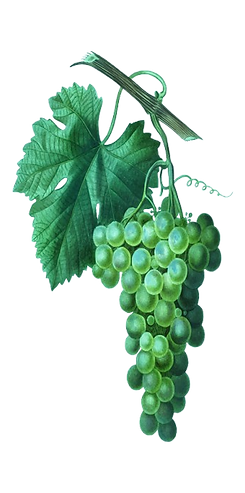
MONTEMOR-O-NOVO
Montemor-o-Novo is a city located in the Évora district of the Alentejo region. It is known for its long and rich history, dating back to prehistoric times, and has been inhabited since ancient times. The city has played a significant role in the history of Portugal due to its castle and its strategic importance over the centuries.
During the Roman occupation, the city was known as Castrum Malianum. However, it was with the Christian reconquest that Montemor-o-Novo began to gain greater importance. In 1160, it was taken from the Moors, but it was only in 1201 that King Sancho I reconquered it definitively, granting it a charter and ordering the construction of its defences.
The castle of Montemor-o-Novo, now in ruins, is one of the city’s most iconic landmarks, offering panoramic views over the vast Alentejo landscape. Within the castle walls are the remains of churches and buildings that bear witness to the city’s development over the centuries.
Montemor-o-Novo also played an important role during the reign of D. Manuel I. It was here, in 1496, that the king decided to organize the expedition that would result in the discovery of the sea route to India, a decision that would profoundly mark the history of Portugal and global exploration.
The city maintains a balance between its historical past and the tranquility of rural life, making it an ideal place for those looking to relax and connect with history and nature.
Wine in Our Region
The history of vines and wine in Alentejo dates back to the various peoples who occupied the region over the centuries. The Phoenicians, Greeks and Romans, who were highly knowledgeable in agricultural techniques, were responsible for expanding the culture of vines and wine in this region. The influence of the Romans was particularly important for the development of viticulture in Alentejo, leaving traces of this activity in the municipality of Montemor-o-Novo to this day.
The Mediterranean climate, with its hot, dry summers, plays a fundamental role in the cultivation of vines south of the Tagus. There are more than 4,000 varieties of grapes catalogued throughout the world, and in the Alentejo, in addition to the native varieties, several others have adapted in an exemplary manner to the climatic and geographical conditions of the region.
The Alentejo wine region is divided into eight sub-regions, where DOC (Controlled Designation of Origin) wines are produced, with Montemor-o-Novo being part of the Évora sub-region. The municipality of Montemor has seen significant growth in its vineyard production area, resulting in excellent quality wines, both white, rosé and red. These wines stand out for their aromatic exuberance, being round, smooth and with a unique flavour, ideal to accompany the rich traditional cuisine of Montemor.


The Castes
The Alentejo, with its ideal soil and climate conditions, has established itself as one of the main wine regions in Portugal, where these grape varieties produce wines that reflect the authenticity and character of the region, with each bottle bringing with it a little of the history and tradition of the Alentejo.
Among the most cultivated white grape varieties in the region are Antão Vaz, known for its freshness and body, Arinto, which offers excellent acidity, Fernão Pires, rich in floral aromas, and Roupeiro, which provides fruity and delicate notes.
Among the red grape varieties, the highlights are Alfrocheiro, with its intense colour and soft tannins, Alicante Bouschet, with its robust structure, Aragonez, famous for its versatility, and Castelão, known for its longevity. In addition, Cabernet Sauvignon, Syrah, Touriga Nacional and Trincadeira are widely cultivated varieties, producing wines that range from the most complex and structured to the smoothest and fruitiest.
